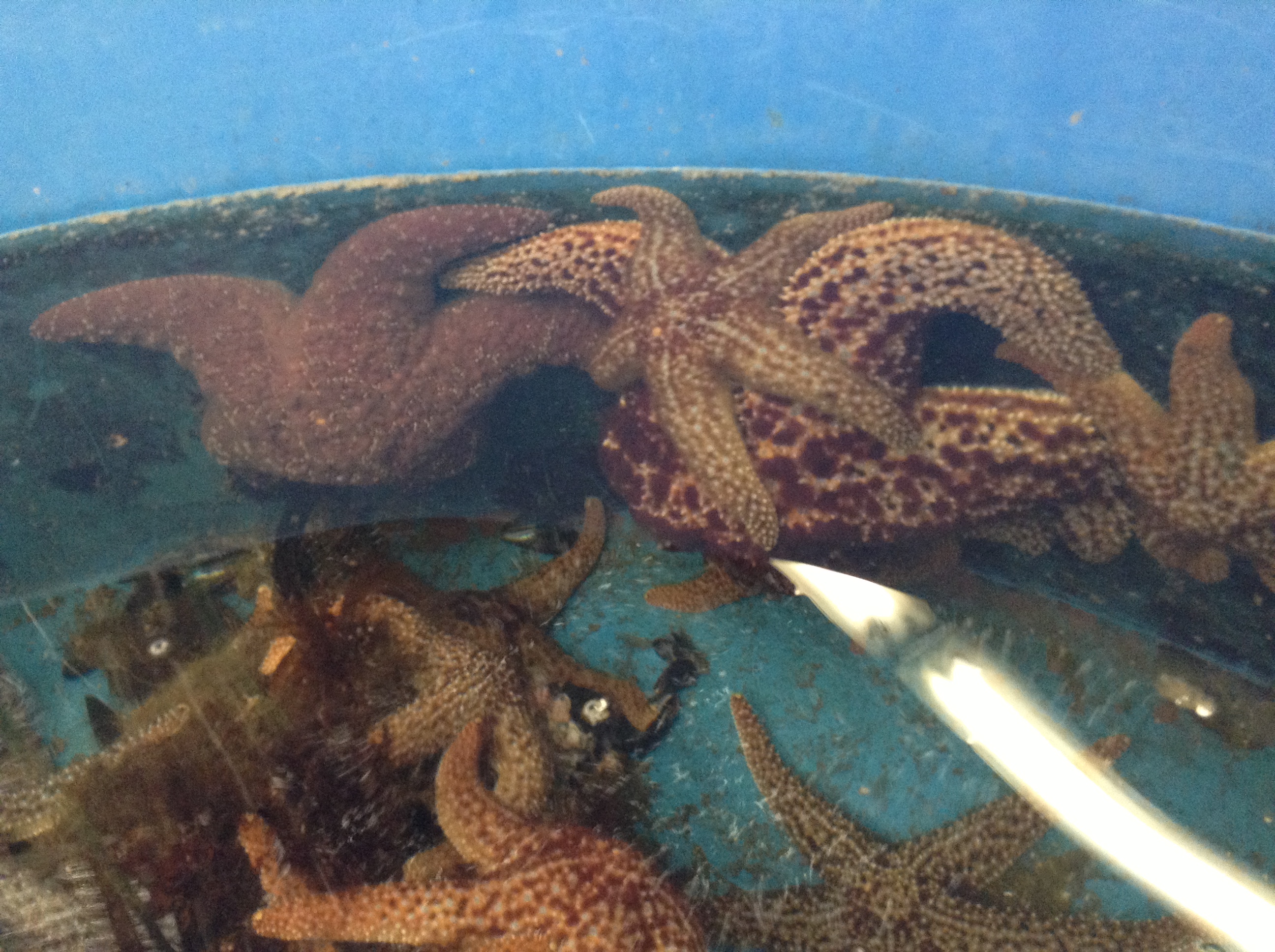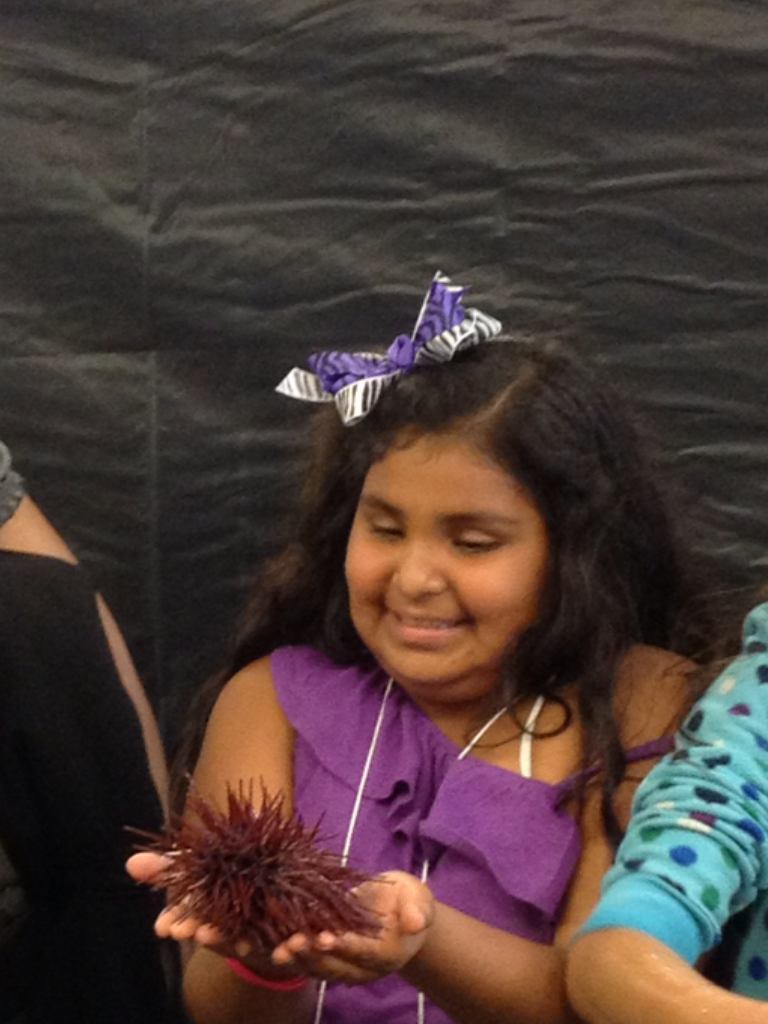I (heart) H2o
By Caitlin Gallagher, Anemone(s), Anemone(s), Crab(s), Fish(s), Hermit Crab(s), Pond Life(s), Star Fish(s), Stingray(s) and Tiger Shark(s)
Started on: 06/04/13 23:53:47
Medium: Visual
Started on: 06/04/13 23:53:47
Medium: Visual
Instead of going to the island this weekend I participated in a workshop on campus that discussed the different sources of water we have. The group is called I (heart) H2o we were trying to find a way to make the campus more aware of where our water comes from and what would happen if we donít appreciate our water and take it for granted. I was in a group that focused on the wet labs on campus and the tsunami zones. We first went to the Reef, which is a public wet lab with touch tanks, there are over 750 wet labs on campus and students didnít even know that there is sea life in a lot of the buildings on campus. In order to raise awareness of the sea life on campus we came up with the idea of having an alternative to the doggy relaxation during finals week, instead of petting dogs, students can go to the touch tanks at the reef instead for their study breaks. Hopefully by students seeing some of the marine life that lives right off our coast they might be less likely to pollute the beaches. We also were trying to make people aware of the tides and how a rise in sea level is causing erosion of our beaches, as the solar ice caps melt sea level will continue to rise and erode our coast. Our other idea is to project the tide levels on inside of the Pardall tunnel. We thought that when the tide is high the inside of the tunnel would be blue all the way to the top if it was low tide, only the bottom portion would have the blue projection, we chose the tunnel because it would be dark enough for a projection. When people rode to class they would know if the surf was good or if it was a good time to go tide-pooling or on a walk on the beach. Also we pointed out that the locations of the rehydration station were difficult to find and the map did not give a clear view of where they could be found. Many people donít know about the rehydration stations or what wet labs are because there is a lack of signage because it is difficult to get approval. I have gone to school here for a long time and I have never been to the aquarium. I think more students should go there once and visit some of the species, there are lobsters, sea anemones, fish, sharks and many more. The day was a great experience and I would really love to work on the project in the future.
[Write Comment]

Octopus at the research tanks in the wet labs. |

Students learning about sea life at the Reef. |
[Write Comment]